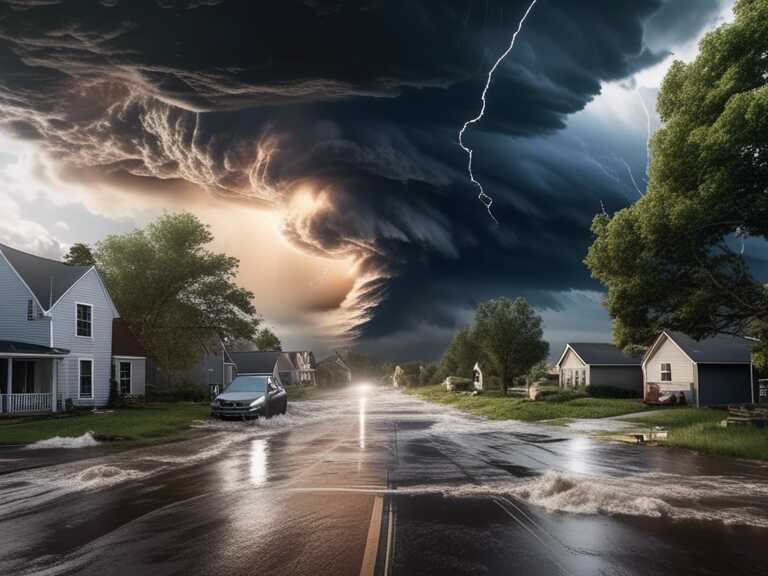
Understanding the Impact of Global Warming on Severe Storms: A Closer Look
Severe storms in the US cause widespread damage due to hail, tornadoes, and strong winds.

Reports indicate that the recent severe storms that ravaged Houston and the Gulf Coast exhibited destructive characteristics reminiscent of a hurricane, despite having originated from a non-tropical source. The aftermath included shattered windows, caved-in walls, toppled power lines, and uprooted trees, leaving a trail of devastation in their wake.
The Impact of Severe Storms
It is worth noting that violent clusters of thunderstorms are responsible for extensive damage across the United States annually. Their detrimental effects extend beyond mere rain and flooding and encompass elements such as hail, tornadoes, and powerful gusts of wind.
Climate Change and Severe Storms
Experts have attributed the intensification of severe storms to global warming. The rising temperatures on our planet create conditions that are conducive to the development of increasingly potent storms. The warmer atmosphere has the capacity to hold more moisture, thereby augmenting the potential for severe precipitation during these weather events.
How Global Warming Fuels Severe Storms
The phenomenon of global warming is characterized by warmer air, which possesses an enhanced capability to retain moisture. Consequently, this leads to an increase in a storm's capacity to carry precipitation. The surplus moisture in the atmosphere not only fosters the formation of clouds but also fuels the energy required for the genesis of thunderstorms. In essence, the heightened condensation resulting from the augmented moisture content culminates in the manifestation of stronger and more formidable storms.
Share news















